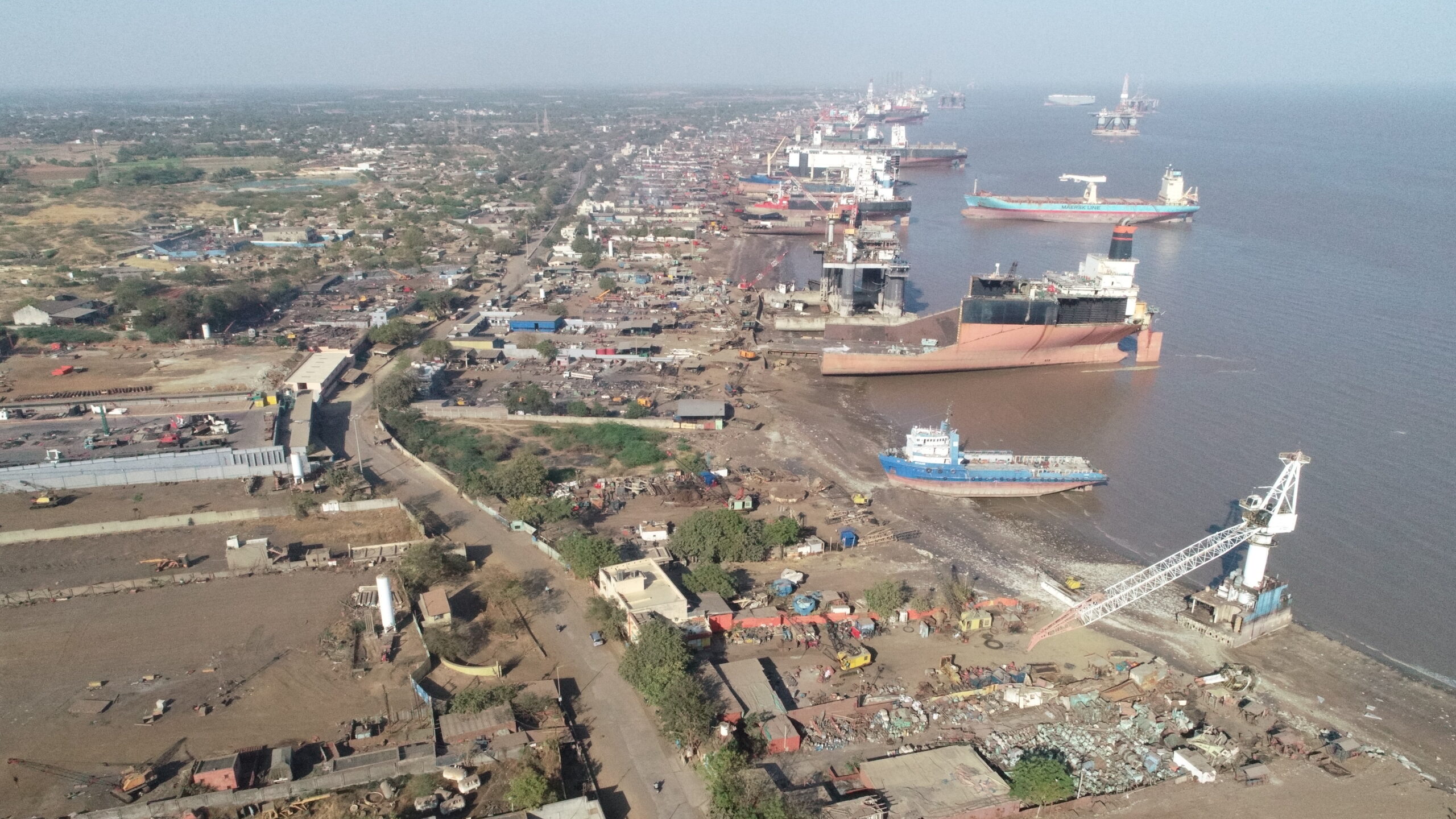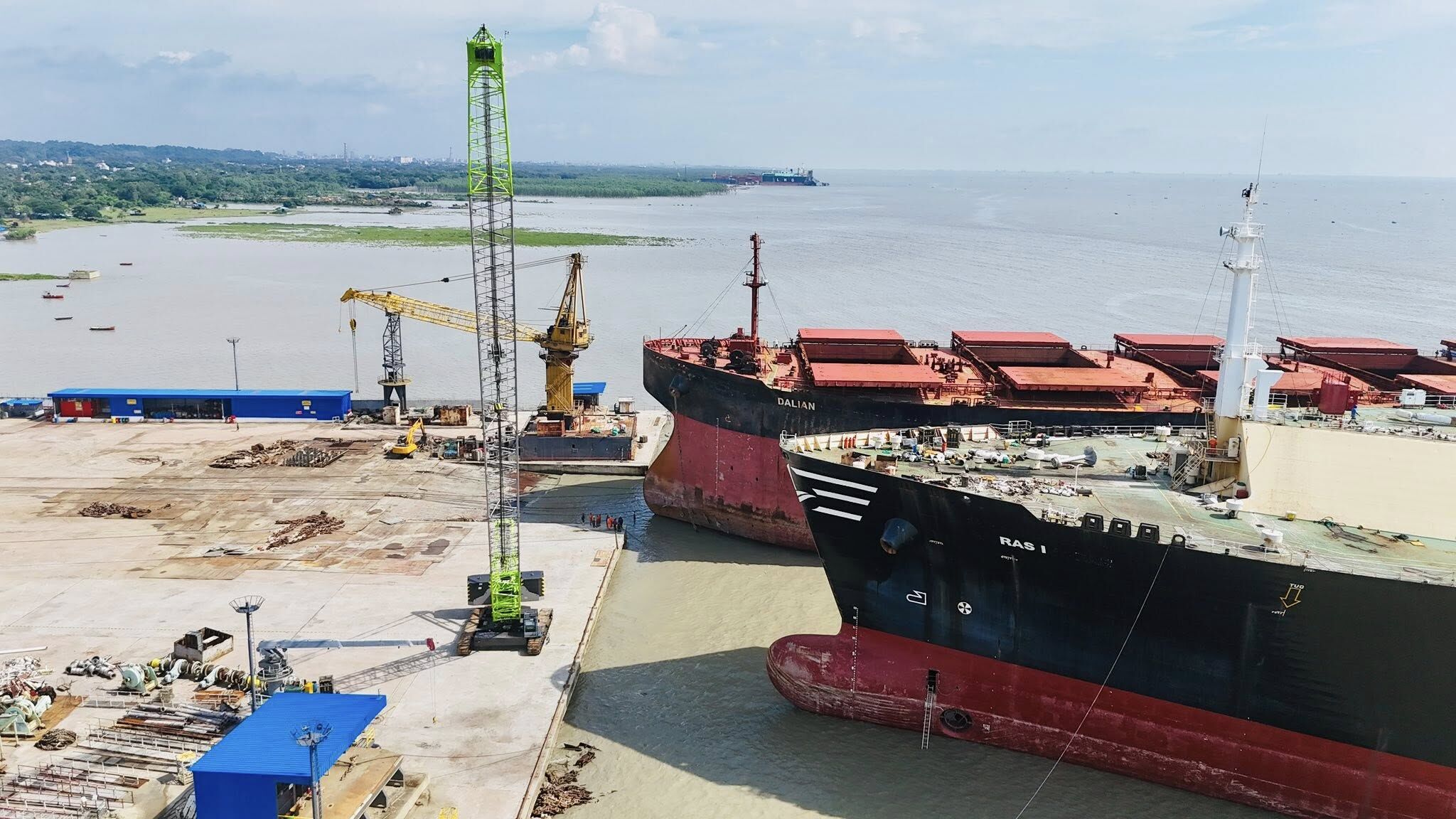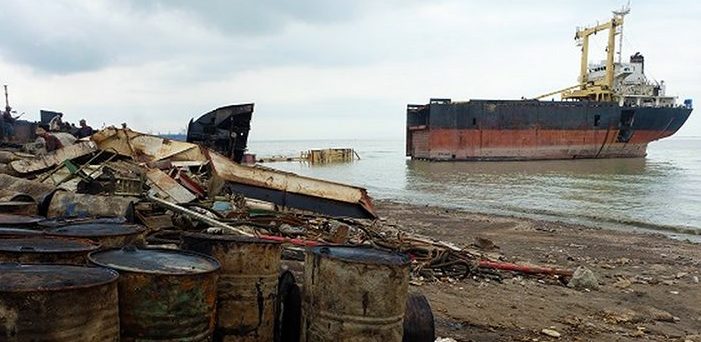Every Year Millions of Containers Are Lost at Sea: Threatening Marine Life and Coastal Communities
Every year, millions of containers packed with goods such as clothing, electronics, and even hazardous chemicals are transported across the globe by cargo ships. The sheer scale of the shipping industry is staggering: an estimated 250 million containers traverse the world’s oceans annually. However, the loss of a significant number of these containers at sea is an often overlooked issue. These losses result in severe environmental damage and pose risks to marine life, coastal communities, and other shipping vessels.

The Scale of Container Losses
Over the past 15 years, over 20,000 containers have been lost overboard during storms, rough seas, or accidents. The World Shipping Council, an industry body monitoring these losses, reports that an average of 1,500 containers are lost each year. Yet, this figure is likely a conservative estimate. Many experts believe shipping companies tend to underreport these losses to avoid insurance hikes, litigation, and reputational damage.
Incidents range from the loss of a single container to major disasters involving thousands. A notable example is the ONE Apus cargo ship accident in November 2020. Nearly 2,000 containers fell overboard as the ship battled rough seas on its voyage from China to California. The lost cargo ranged from everyday items like bicycle helmets and Crocs to dangerous goods such as fireworks, ethanol, and batteries. The contents of the containers were scattered across the Pacific Ocean, some washing ashore on remote islands like the Midway Atoll.
Environmental Impact: Debris and Pollution
The environmental consequences of these losses are devastating. When containers fall into the ocean, their contents—whether plastic pellets, chemicals, or everyday consumer products—contribute to ocean pollution and damage marine ecosystems. One of the most egregious examples is the 2021 disaster involving the X-Press Pearl cargo ship, which sank off the coast of Sri Lanka. The ship spilt over a billion plastic manufacturing pellets and released harmful chemicals such as nitric acid, methanol, and lead into the sea. This catastrophe killed thousands of marine animals, including fish, sea turtles, and whales, and wreaked havoc on the local fishing industry, one of Sri Lanka’s economic lifelines.
While dangerous goods cause immediate and obvious harm, even seemingly benign items can become environmental hazards. In February, President Eisenhower’s cargo ship lost 24 containers off the coast of California, which included large bales of cotton. When the cotton washed ashore, it turned into a rancid, soggy mess on protected shorelines. These bales were too heavy to be easily removed, damaging local habitats and endangering wildlife, such as elephant seals.
Long-Term Consequences and the Unknown Depths
Not all debris from lost containers ends up on beaches; many sink to the ocean floor, where they are rarely recovered. The long-term environmental impacts of these sunken containers are largely unknown, but there are growing concerns among marine biologists. These containers, essentially sealed time capsules, could persist on the seafloor for hundreds of years, slowly leaking their contents and disrupting the delicate ecosystems of the deep sea.
In one remarkable case, a shipping container was discovered 4,200 feet below the surface in the Monterey Bay National Marine Sanctuary. This container, lost during a storm in 2004, had crushed the seafloor beneath it and significantly disrupted the local micro-ecosystem. This discovery led scientists to realize that container losses have more far-reaching and long-lasting effects on marine life than previously thought.
Growing Risks of Larger Ships
In recent years, the size and scale of cargo ships have increased dramatically, leading to a corresponding increase in container losses. Modern vessels can carry over 10 times the cargo of their predecessors, with some mega-ships stretching longer than three football fields. While these enormous ships can transport goods more efficiently, they are also more challenging to navigate, especially in rough seas. This increased size and capacity have raised the stakes, as accidents involving ultra-large ships can result in the loss of hundreds of containers at once.
Research shows that larger vessels are more prone to losing containers. Some studies estimate that 9% of ultra-large ships experience container losses, compared to just 1% for smaller vessels. Improper stowage, incorrect labelling, and inaccurate weight declarations often compound the problem, increasing the risk of large-scale accidents that threaten both the environment and the shipping industry itself.
The Search for Solutions: Increased Transparency and Accountability
Despite growing awareness of the environmental risks posed by lost containers, tracking and addressing these incidents remains a significant challenge. Currently, there are no standardized procedures for reporting container losses, and no comprehensive global system exists to monitor these incidents. While the World Shipping Council gathers data from its members, which represent 90% of global container traffic, many container losses go unreported, especially if they involve smaller incidents spread across vast oceanic areas.
In response, the International Maritime Organization (IMO), a United Nations agency responsible for regulating shipping, has introduced new regulations. Set to take effect in 2026, these changes will require vessels to report container losses to relevant coastal authorities and the countries where they are registered. However, without strong penalties for non-compliance, much of the burden will remain on shipping companies to voluntarily report losses, which raises concerns about accountability.
The Unseen Threat to Shipping Safety
Lost containers also pose a significant threat to the safety of other vessels. Floating containers can become dangerous obstacles for both commercial ships and smaller recreational boats. The risk of collision with an uncharted container is a serious safety concern. For instance, in 2016, sailor Thomas Ruyant was forced to abandon his boat after it collided with a floating container during a round-the-world race. Such incidents underscore the hidden dangers that lost containers present, as they can drift for days or even weeks before sinking.
Conclusion: A Global Problem with No Easy Solutions
The problem of lost shipping containers is a global issue with complex environmental, economic, and safety implications. While the shipping industry has made efforts to increase transparency and reduce accidents, much more needs to be done. Addressing the root causes of container losses will require a coordinated effort from governments, regulators, and shipping companies.
As the environmental cost of lost containers becomes more apparent—from polluted beaches to dead marine life and the release of toxic chemicals—urgent action is needed. Without greater accountability and more effective solutions, this crisis will only continue to grow, with devastating consequences for the world’s oceans and the creatures that call them home.
Author: shipping inbox
shipping and maritime related web portal








